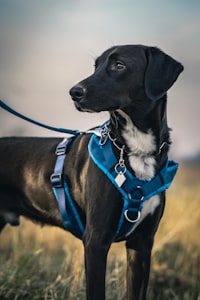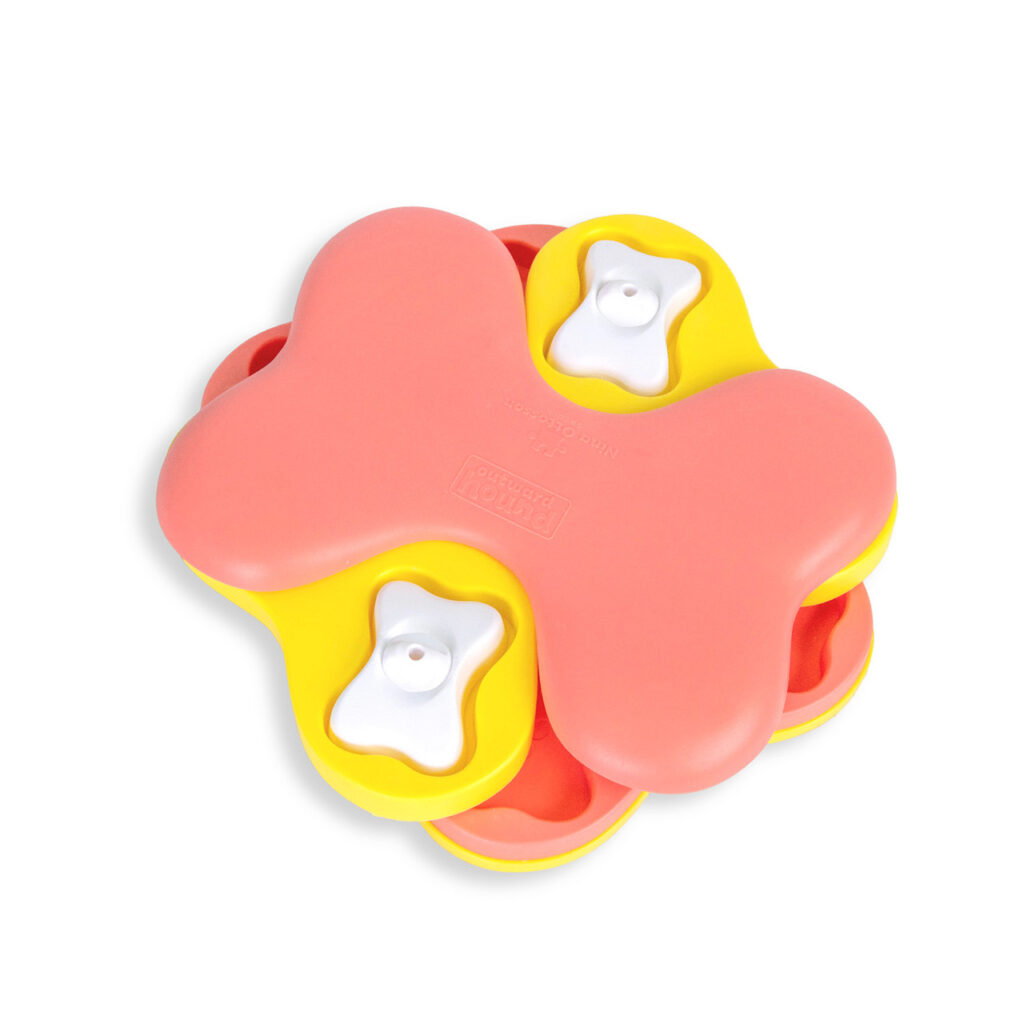Thinking of adopting a new dog? Here’s a well-rounded list of what a new dog adopter should prepare for prior to the arrival of their new dog:
🏥 Medical
- Vet Visits: Schedule a wellness check-up soon after adoption.
- Vaccinations: Know what vaccines your dog needs (e.g., rabies, distemper, parvo) and when they are due.
- Preventatives: Regular flea, tick, and heartworm preventatives are crucial.
- Spay/Neuter: Understand whether your dog is already fixed or needs to be.
- Medical History: Ask for past records—surgeries, illnesses, allergies. Identify any outstanding issues, concerns, or suspected problems.
- Emergency Plan: Know the location and number of your nearest emergency vet.
🎒 Gear
- Collar & ID Tag: With your contact info in case they get lost.
- Harness: A Y-shaped harness helps with loose-leash walking.
- Leash: 6-8 ft for walks; 15–30 ft for training or decompression walks.
- Crate, Pen or Safe Space: A cozy den for resting and training.
- Bowls: Consider slow feeders or puzzle bowls for meals.
- Toys: Ropes, balls, squeaker, crinkle, etc. Each dog will have their own preference on type, texture, and feel for toys.

✋ Cooperative Care
- Handling Tolerance: Gradually get your dog used to being touched—paws, ears, mouth, etc.
- Brushing and Grooming: Know your dog’s coat type and what it needs (brushing, clipping, etc.).
- Nail Trims & Baths: Learn how to trim nails and bath your dog or find a groomer you trust.
- Vet Desensitization: Use treats and positive experiences to help them stay calm during vet visits.
- Muzzle Training: A positive skill for safety, especially for fearful dogs or emergencies.
🧠 Enrichment
- Mental Stimulation: Puzzle toys, sniff walks, training games.
- Physical Activity: Breed-appropriate exercise needs (walks, hikes, play).
- Novelty: Rotate toys and introduce new scents or textures.
- Chewing Needs: Provide safe chew toys or food for stress relief and jaw exercise.
- Training Sessions: Keep sessions short and positive—it’s mental enrichment too.
🐾 Behavior
- Body Language: Learn signs of stress, fear, and comfort (e.g., lip licking, tail position).
- Decompression Time: Give your dog time and space to adjust to their new home.
- Positive Reinforcement: Reward what you like—don’t punish what you don’t understand.
- Socialization: Understand how to expose them gently to people, dogs, noises, and places.
- Triggers: Observe what makes them nervous or reactive—every dog has their own.
- Safety: Have a plan to keep everyone safe and to minimize the chances of your new dog making a “bad” decision.
🍖 Food
- Current Diet: Know what they were eating before and transition gradually if changing.
- Feeding Schedule: Usually 2x/day for adults, more frequent for puppies.
- Treats: Have a range of treat values. Use high-value treats for creating strong positive associations (like cheese or hot dogs in tiny bits).
- Allergies/Sensitivities: Watch for signs of digestive issues or itching.
- Hydration: Fresh water available at all times.
